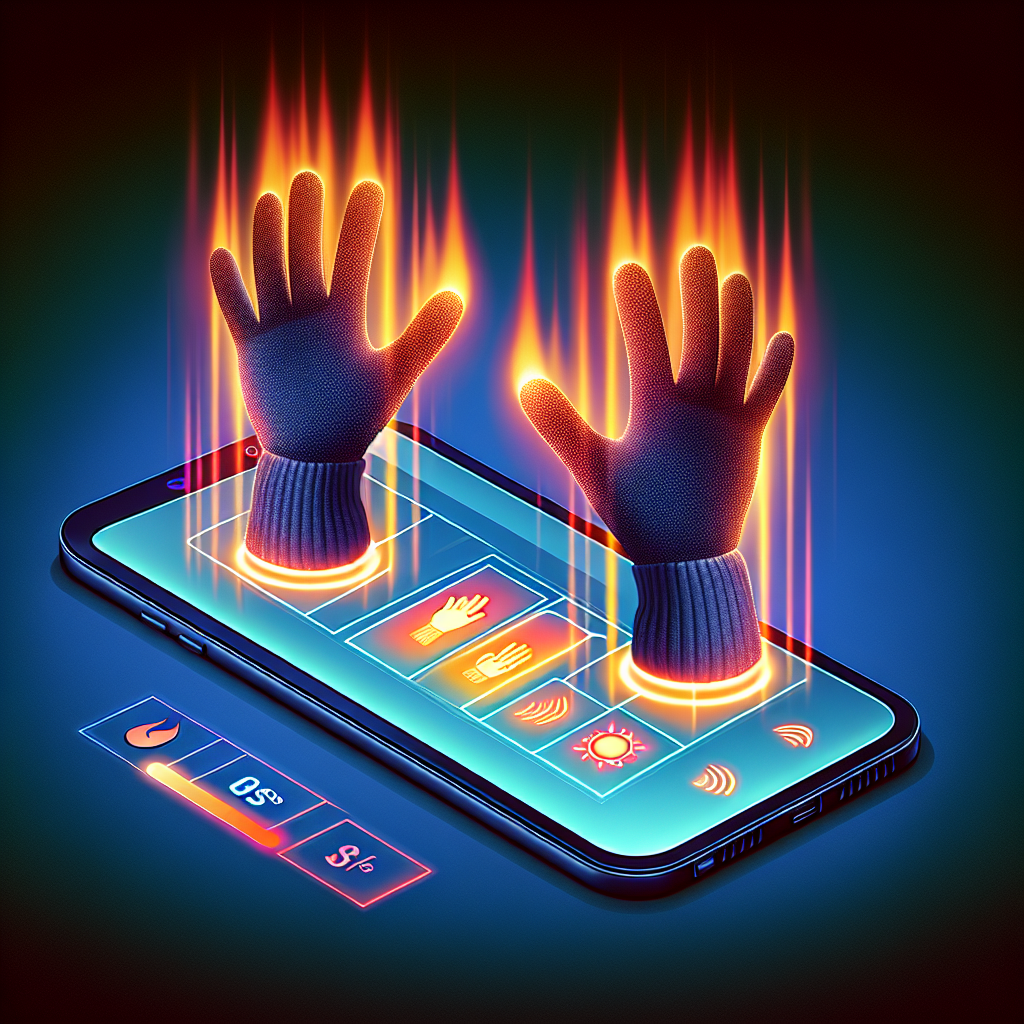Touchscreens have revolutionized the way we interact with devices, from smartphones to industrial machinery. One of the key questions that frequently arises is whether infrared touchscreens can work effectively with gloves. This becomes particularly important in industries such as healthcare, manufacturing, and even during colder months. Infrared touchscreens offer a unique touch technology compared to capacitive and resistive touchscreens, which leads us to investigate their glove compatibility.
Understanding Infrared Touchscreens
Infrared (IR) touchscreens work by using an array of X-Y infrared LED and photodetector pairs around the edges of the screen to detect where the user touches. When an object, such as a finger or a gloved hand, touches the screen, it interrupts the infrared light beams. This disruption is detected and calculated to determine the exact location of the touch.
Infrared Touchscreen Components
| Component | Description |
|---|---|
| Infrared LEDs | Emit infrared light across the screen |
| Photodetectors | Detect the interruption of infrared light |
| Controller | Calculates touch position based on disrupted light |
Glove Compatibility
The primary advantage of infrared touchscreens is their ability to register touch from virtually any object, including gloved hands. Unlike capacitive touchscreens, which require the conductive properties of a human finger to function, infrared touchscreens rely on the interruption of light beams, making them highly versatile.
Here are some key advantages of using IR touchscreens with gloves:
- Multi-Object Recognition: IR screens can recognize multiple touch points, even when using gloves.
- Non-Contact Operation: Suitable for sterile or dirty environments where touching screens directly is not desirable.
- Durability: Less prone to damage since touch sensitivity is not dependent on a thin capacitive layer.
Comparison with Other Touchscreen Technologies
To fully appreciate the benefits of infrared touchscreens with gloves, it’s useful to compare them with other common touchscreen technologies: capacitive and resistive.
| Feature | Infrared | Capacitive | Resistive |
|---|---|---|---|
| Glove Compatibility | Yes | No (generally) | Yes |
| Durability | High | Medium | High |
| Multi-Touch | Yes | Yes | Limited |
| Clarity | High | High | Medium |
| Cost | Moderate to High | Moderate | Low |
Industrial and Practical Applications
The ability of infrared touchscreens to work with gloves makes them ideal for various industries and scenarios, such as:
- Healthcare: Medical professionals often wear gloves and need screens that can operate without direct contact.
- Manufacturing: Workers in environments where gloves are necessary can benefit from robust and intuitive touchscreens.
- Cold Weather: Outdoors use in cold climates where gloves are essential.
- Public Kiosks: Minimizes hygienic concerns as users can operate screens without direct touch.
Conclusion
Infrared touchscreens provide numerous benefits, especially when it comes to compatibility with gloves. Their reliance on light beam interruption rather than conductive touch points means they can accurately register inputs from a wide range of objects, including gloved hands. This makes them especially useful in medical, industrial, and outdoor applications where gloves are commonly used. When compared to capacitive and resistive screens, infrared touchscreens offer distinct advantages in durability, versatility, and multi-touch capabilities. While the cost can be higher, the benefits they provide often justify the investment, particularly in environments where glove usage is mandatory.
